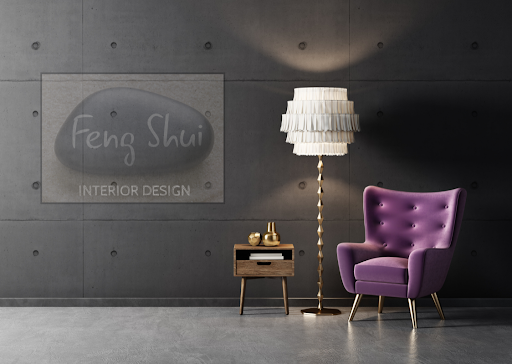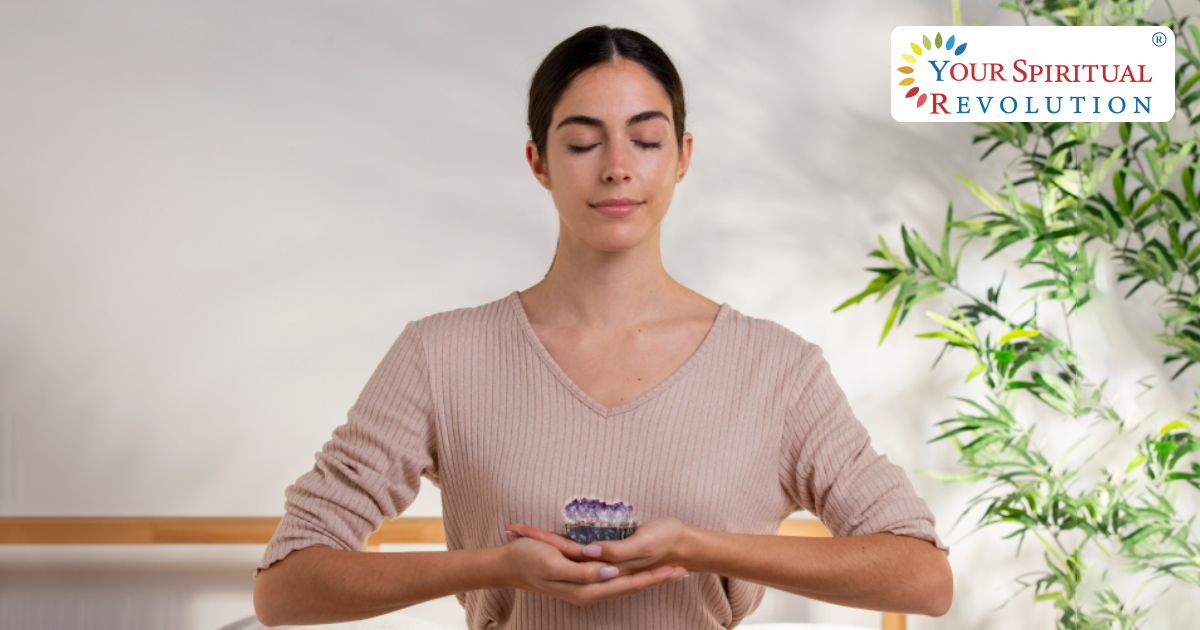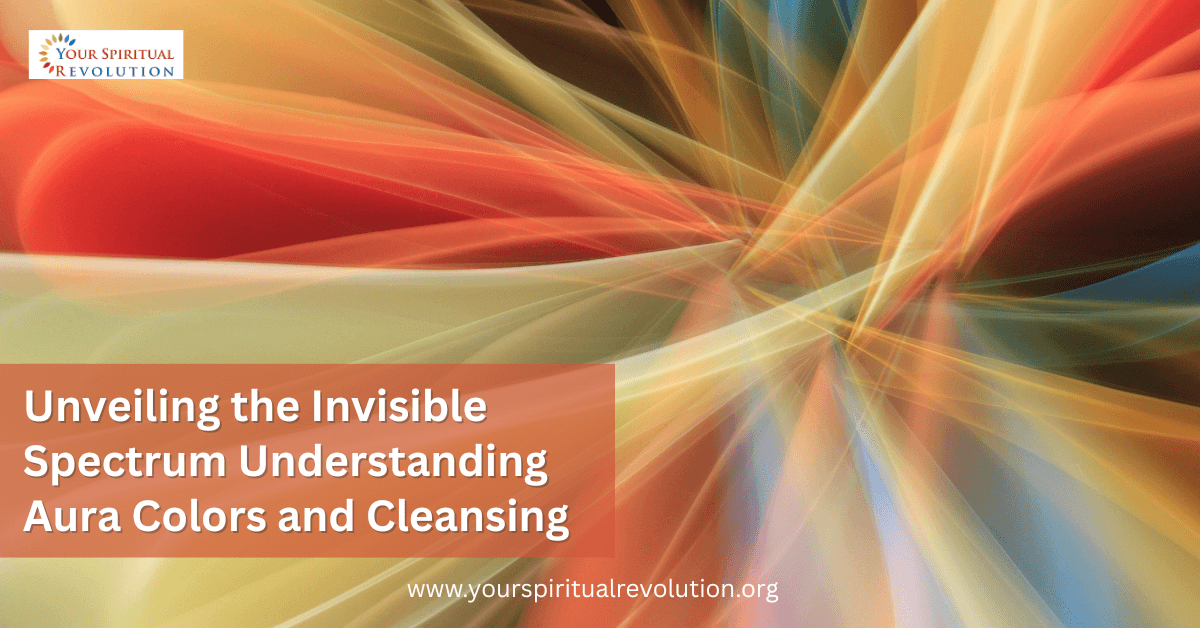Feng Shui, an ancient Chinese practice rooted in the balance of energy, has long been used to create harmonious and serene living spaces. At its core, Feng Shui is more than just interior design; it’s about aligning your environment with the natural flow of energy, or “Chi.” For many, incorporating Feng Shui into their homes leads to a deeper spiritual connection, creating spaces that nurture both the body and the soul. By combining Feng Shui principles with spiritual living, you can create a sanctuary that promotes peace, well-being, and positive energy.
Spiritual living is often about creating spaces where you feel connected to something greater than yourself. Whether that means meditation, reflection, or simply spending time in stillness, the way your home is designed can significantly influence your spiritual well-being.
By combining Feng Shui principles with spiritual living, you can create a home that fosters inner peace and balance. From the arrangement of objects to the selection of colors and materials, every aspect of your environment can help promote spiritual growth and well-being.
One of the essential tools in Feng Shui is the Bagua Map, which divides your living space into nine areas, each corresponding to different aspects of life, such as wealth, health, relationships, and career. Each section of the Bagua is linked to one of the five elements and specific colors that enhance the energy of that area.
To align your home with Feng Shui principles, place the Bagua Map over your home’s layout and focus on enhancing the energy in each section. For example, the Wealth section (usually in the far left corner from the entrance) can be enhanced by adding elements of wood and water, such as plants or fountains, to encourage abundance. The Health area, located in the center of the home, benefits from the earth element, which can be introduced through earthy tones and natural materials like ceramic or stone.
By using the Bagua Map, you can guide the energy flow in your home to support spiritual living. As you enhance specific areas, you’re also reinforcing the aspects of life that those areas represent, creating harmony and balance in both your physical environment and your spiritual life.
One of the core principles of Feng Shui is the removal of clutter. Clutter disrupts the flow of Chi and creates stagnation, which can affect both your mental and spiritual well-being. For a home to be spiritually uplifting, it must feel light and open, without physical or energetic blockages.
Clearing clutter is not just about tidying up; it’s a spiritual practice. It requires mindfulness and intention as you go through your belongings, keeping only what brings joy and serves a purpose in your life. Letting go of unnecessary items can create space for new opportunities, new energies, and greater peace of mind.
Decluttering your home is one of the simplest ways to begin integrating Feng Shui into your spiritual living practices. By removing what no longer serves you, you create an environment where positive energy can flow freely, supporting both your mental clarity and spiritual growth.
The bedroom is one of the most important spaces in Feng Shui because it’s where we recharge our energy. A well-designed Feng Shui bedroom can support restful sleep, improve relationships, and encourage spiritual reflection.
To create a Feng Shui bedroom that aligns with spiritual living, begin by choosing soft, neutral colors that promote relaxation, such as light blues, greens, or earth tones. Avoid placing mirrors directly across from the bed, as this can disrupt the energy flow while you sleep. Keep electronics to a minimum, as they can introduce distractions and negative energy into the room.
Ensure your bed is placed in the command position—diagonally across from the door but not directly in line with it. This positioning is said to provide a sense of safety and control, which is important for restful sleep and spiritual peace.
Incorporating natural elements like plants, crystals, or calming artwork can also enhance the spiritual energy in your bedroom, transforming it into a sanctuary for rest and personal reflection.
Feng Shui is more than just an aesthetic practice; it’s a way to create a living space that supports both your physical and spiritual well-being. By combining the wisdom of Feng Shui with spiritual living practices, you can design a home that fosters harmony, balance, and inner peace.
Whether you’re rearranging furniture, decluttering, or choosing colors and materials, each decision can have a profound impact on the energy of your home and your personal spiritual journey. By aligning your living space with the natural flow of energy, you create a sanctuary where you can thrive both mentally and spiritually, allowing you to live in greater harmony with yourself and the world around you.








































































